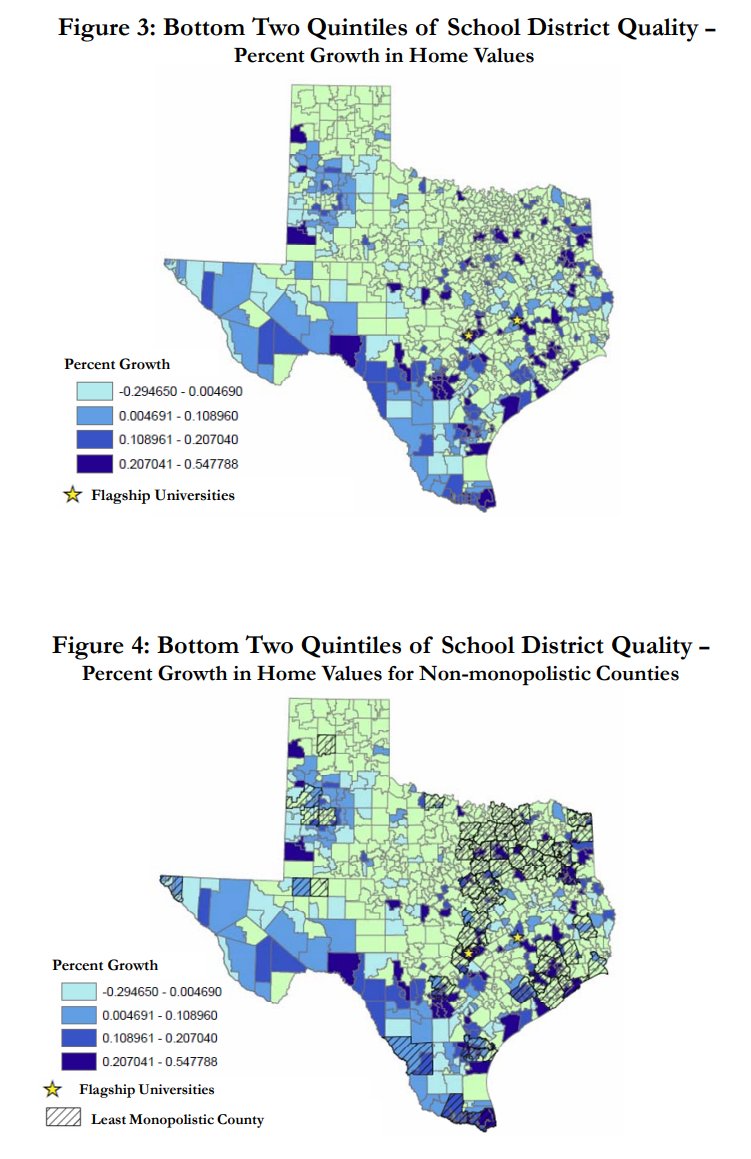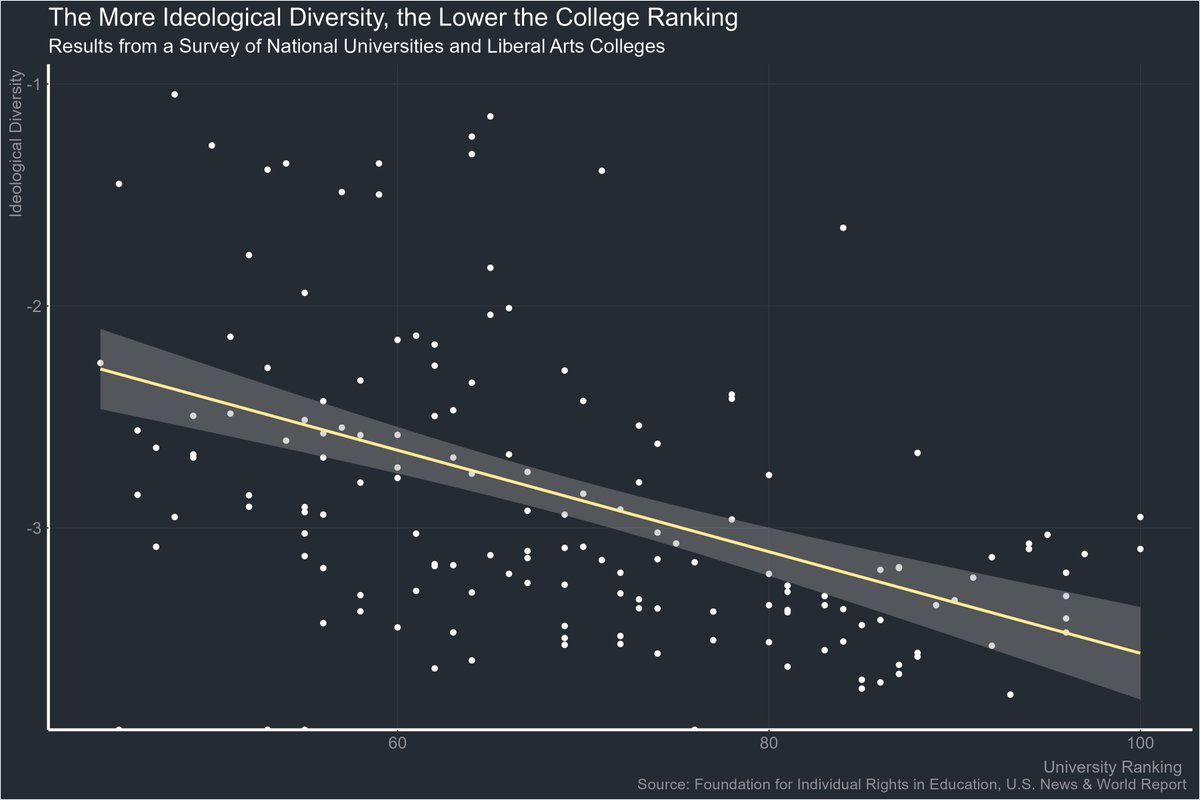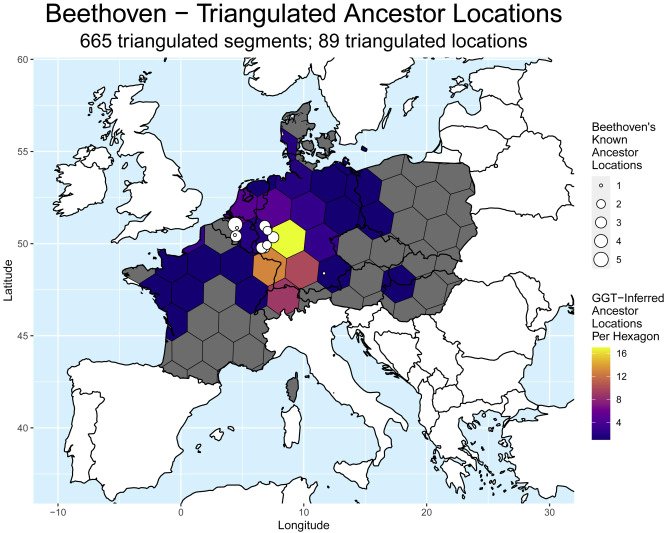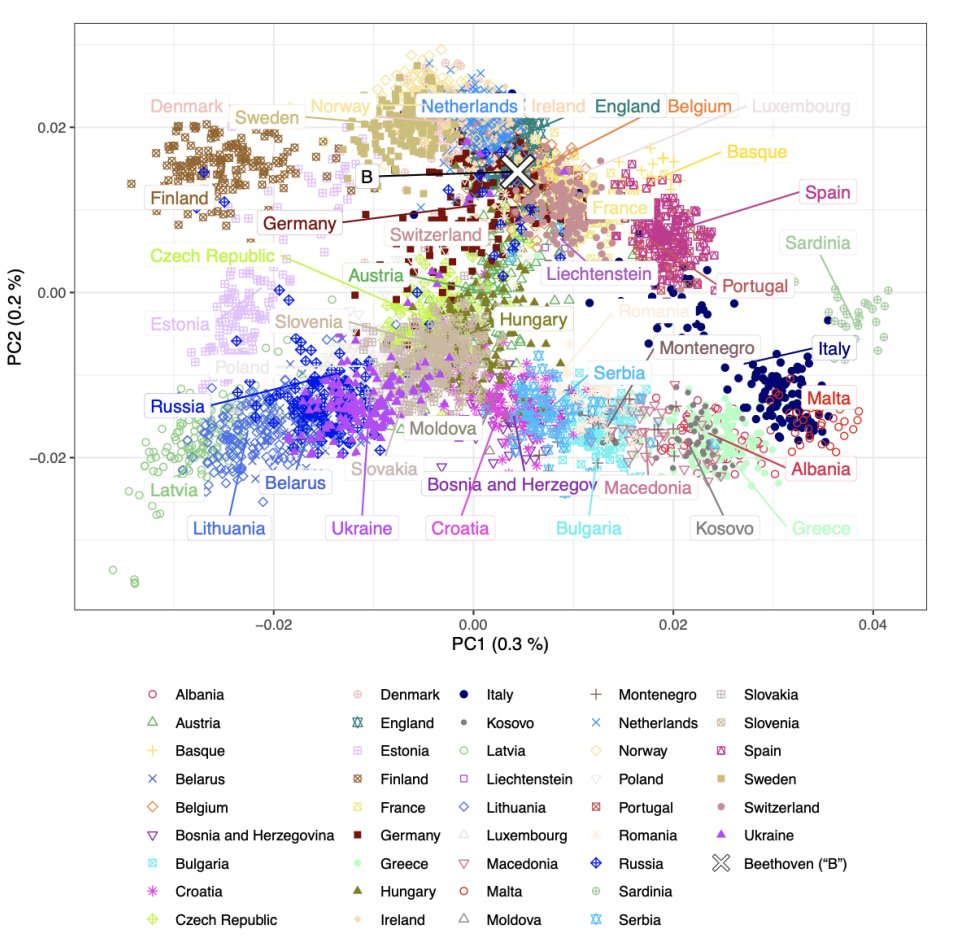
Texas seems to have produced a disproportionate number of interesting natural experiments. Here are a few examples.
When Texas tried to get around an affirmative action ban by exploiting de facto school racial segregation, people changed schools so they could get in the top 10%.
When Texas tried to get around an affirmative action ban by exploiting de facto school racial segregation, people changed schools so they could get in the top 10%.

People moved; home prices adjusted accordingly.
Among the students who could exploit the policy, at least 5% switched to a different, typically less-competitive high school, and they tended to displace minorities from the top 10% of that school's graduating class when they did.
Among the students who could exploit the policy, at least 5% switched to a different, typically less-competitive high school, and they tended to displace minorities from the top 10% of that school's graduating class when they did.
The implementation of the 10% rule improved the enrollment and graduation outcomes for high-ranked students at low-ranked schools, and it did not harm college enrollment, graduation, or subsequent earnings among students who lost access, and it didn't affect earnings for either.
This sits well with Dale & Krueger/Ge, Isaac & Miller's findings regarding the returns to selectivity being in large part returns to student unobservables. 



Texas also had randomized ballot orders, so they provided data that shows that moving from the last to the first position on a ballot has a massive effect for down-ballot races. In this study, it was nearly ten percentage points. 

Sources:
journals.uchicago.edu/doi/10.17310/n…
sciencedirect.com/science/articl…
aeaweb.org/articles?id=10…
jstor.org/stable/23799087
journals.uchicago.edu/doi/abs/10.108…
link.springer.com/article/10.100…
journals.uchicago.edu/doi/10.17310/n…
sciencedirect.com/science/articl…
aeaweb.org/articles?id=10…
jstor.org/stable/23799087
journals.uchicago.edu/doi/abs/10.108…
link.springer.com/article/10.100…
• • •
Missing some Tweet in this thread? You can try to
force a refresh


















